network of learning:
BAU341 Yushanwan School
Yushanwan, Jiangyin City, Jiangsu Province, China
Discipline
Architecture, Landscape ArchitectureTypology
School landscapeCity
Yushanwan, Jiangyin City, Jiangsu Province, ChinaDate
2013Status
CompletedClient
Jiangying Yushanwan Development Co., Ltd.Program
Ground landscape, sunken courtyard, rooftop landscape, Primary and secondary schools classrooms, students and teachers dormitories, canteen, laboratory, library, art school, amphitheater, administration building, stadium, underground car park.network of learning: JIANGYIN PRIMARY AND SECONDARY SCHOOL, 2013
China’s primary and secondary schooling is grueling. Although many new universities have been created, competition for places in the best universities is fierce, and preparation for the university entrance examinations begins in kindergarten. The single-child policy has exacerbated the pressure on children to learn and perform. The students have long school days, an extraordinary amount of homework, and no brothers or sisters at home for intermittent play. All of the benefits of play, so important to a child’s physical, social and creative development, are lost.
Can the design of a public Chinese school help balance the academic pressure with opportunities for play? If the school’s places of social intensity are all connected, then a realm of potential energy and social opportunity might occur. If this realm is placed under a large roof, then it might be attractive in all weather. If the more interesting school activities (sports, performing arts, clubs fine art etc) are exposed to view, children might be encouraged to broaden their routine, and join-in. By situating paths adjacent to the pool, sports hall, art studios, music school and theatre the students will get constant exposure to these diverse activities.
Boarding schools are notoriously alienating for young children. Can the boarding facility provide the only-child with the rare opportunity to develop fraternity with older and younger children, and at the same time ease the pain of homesickness? By providing group “houses” for a mixed stratum of age groups, children might have the potential to mix, play, teach and learn from older and younger students. By providing the “houses” with kitchens and house equipment, the children might learn to cook, organize, and clean; skills that they otherwise would only learn at home.
- Infrastructure
- Public
- Residential
- Healthcare
- Education
- Culture
- Office
- Retail
- Hotel
- Hospitality
- Mixed Use
- Sports
- Planning
- Urban Design
- Public Landscapes
- Private Landscapes
- Playgrounds
- Structures & Pavillions
- Residential
- Healthcare
- Education
- Culture
- Office
- Retail
- Hotel
- Hospitality
- 2023
- 2024
- 2021
- 2020
- 2019
- 2018
- 2017
- 2016
- 2015
- 2014
- 2013
- 2012
- 2011
- 2005-2010
- 2000-2005
- 1990-2000



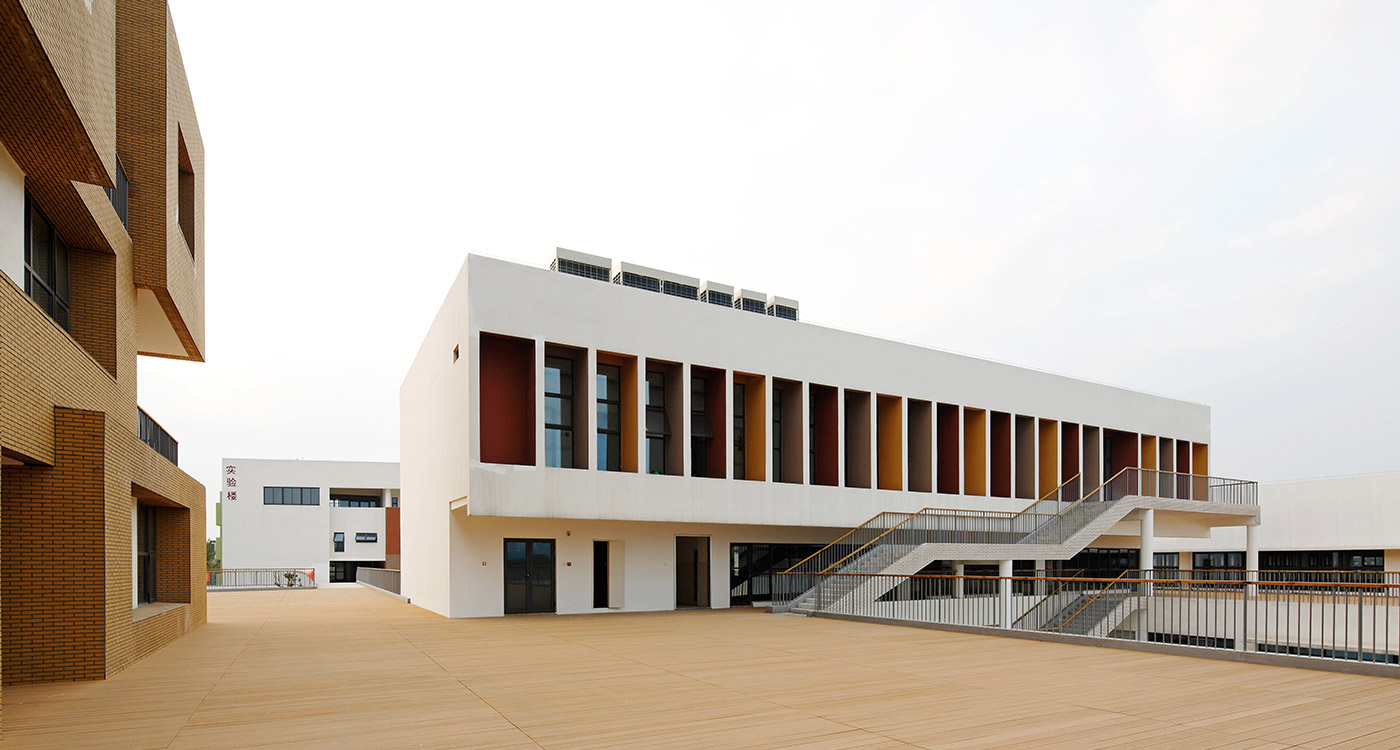










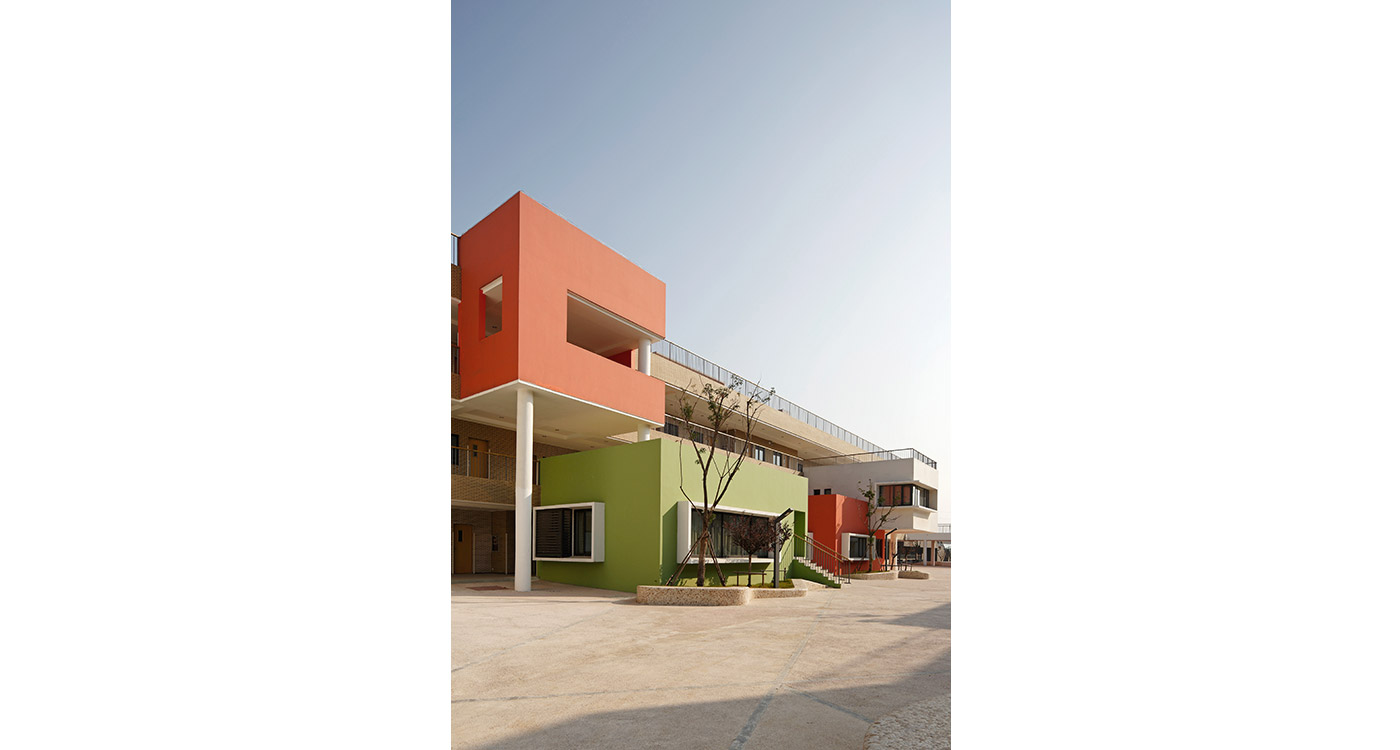




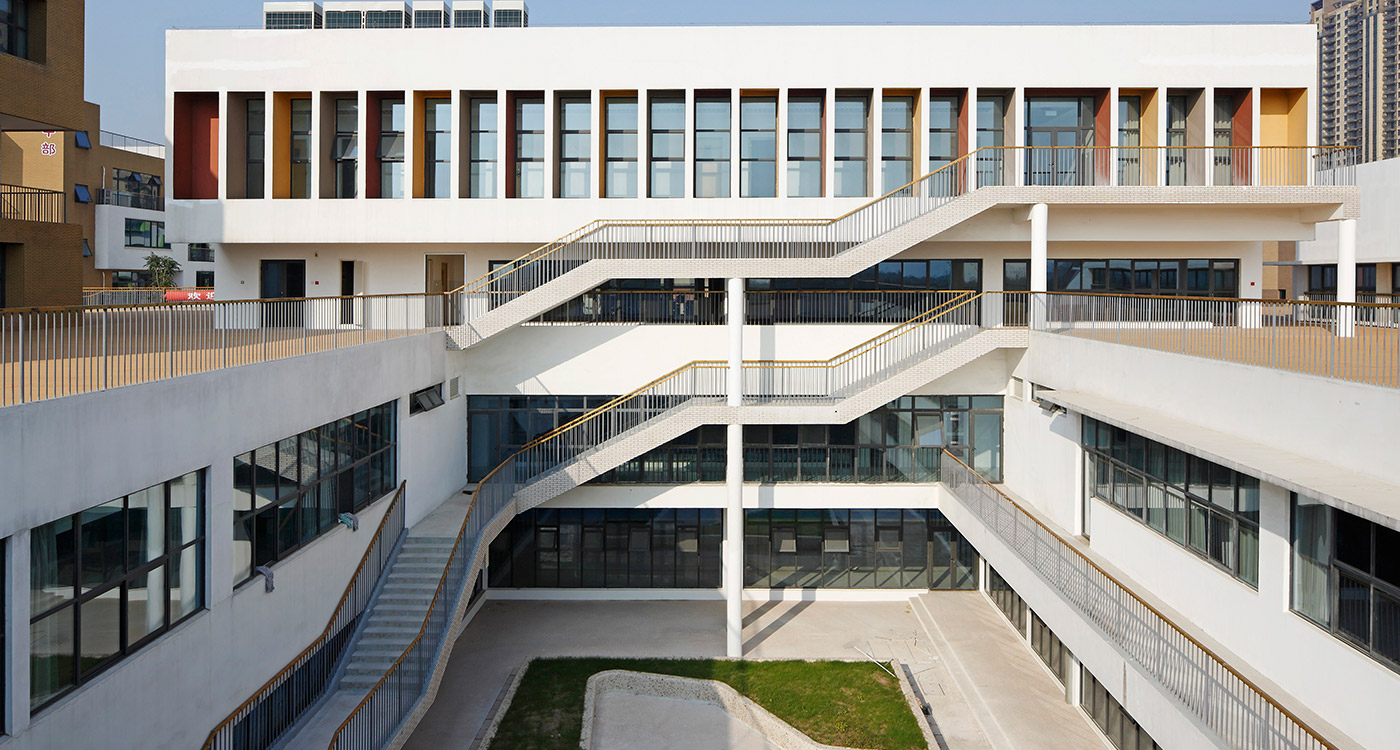













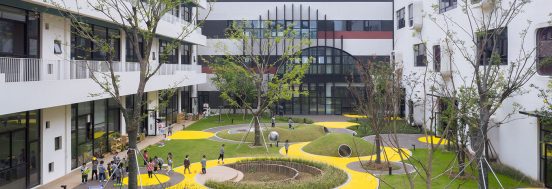











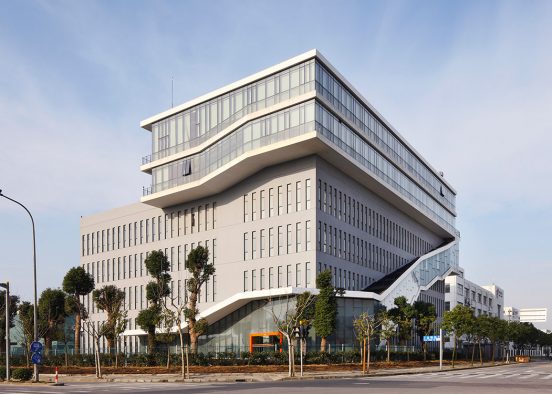


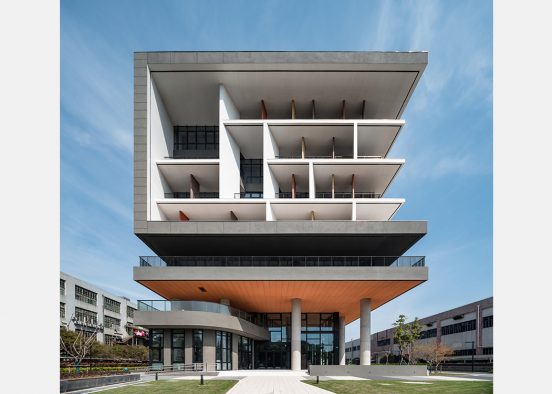


















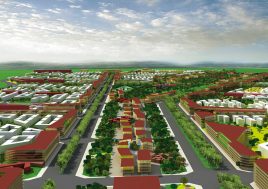





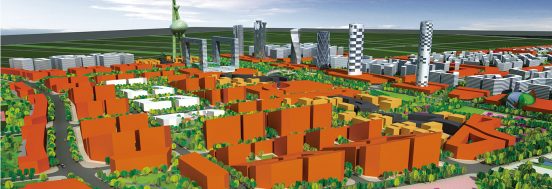







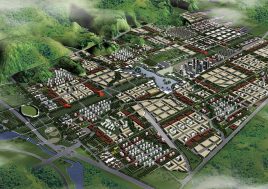










































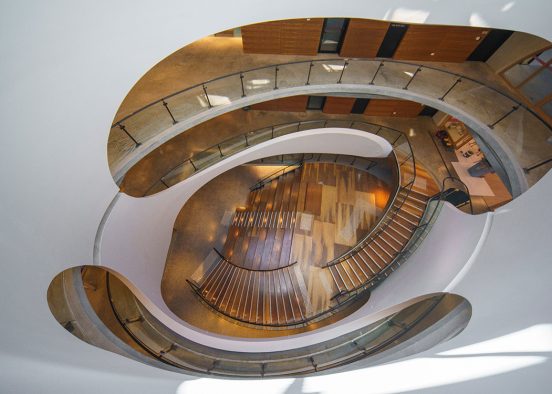








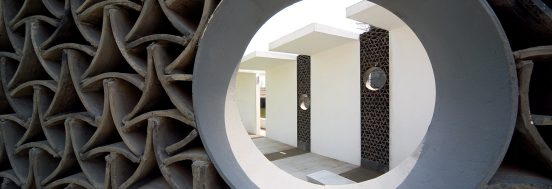

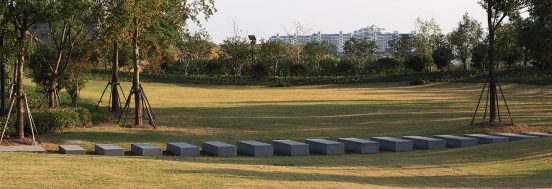
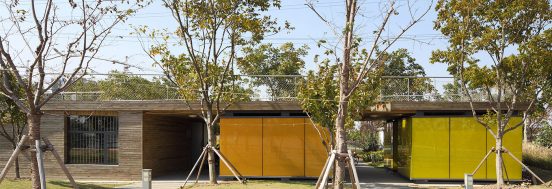


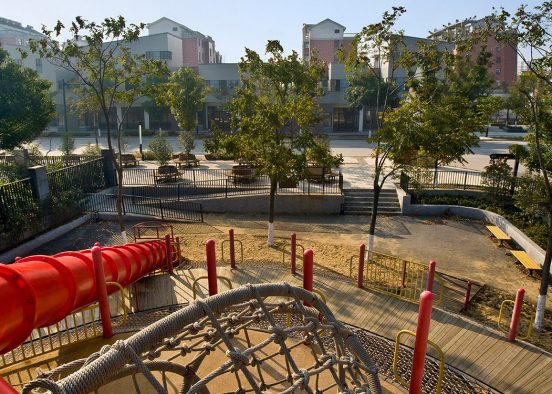













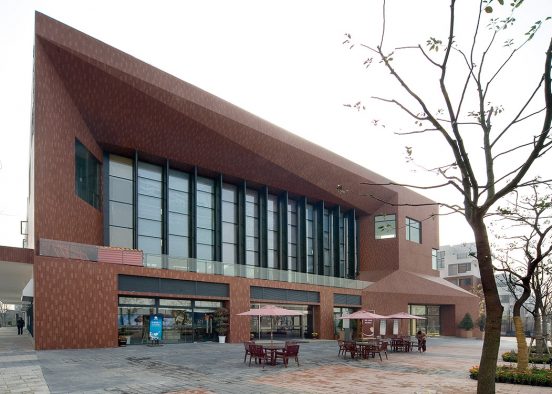
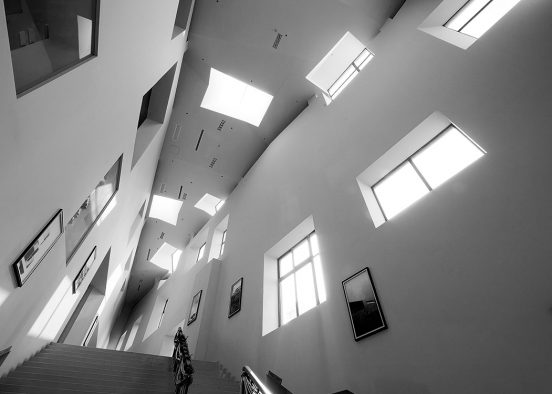
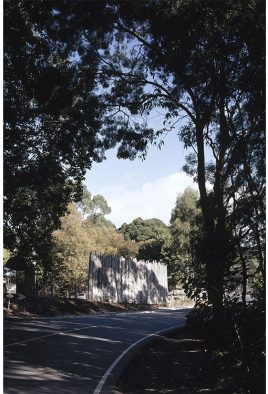
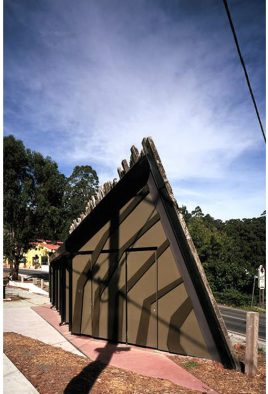













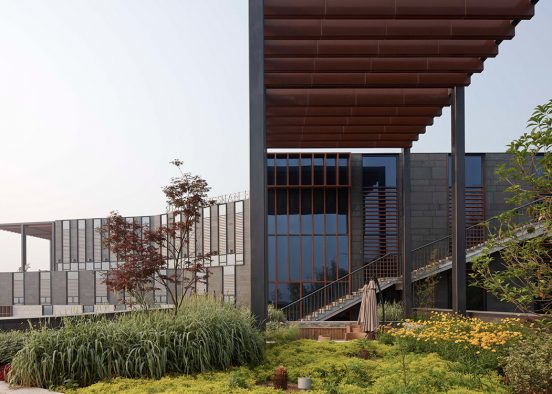








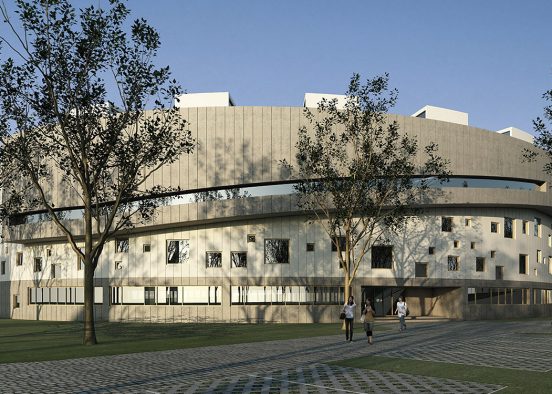







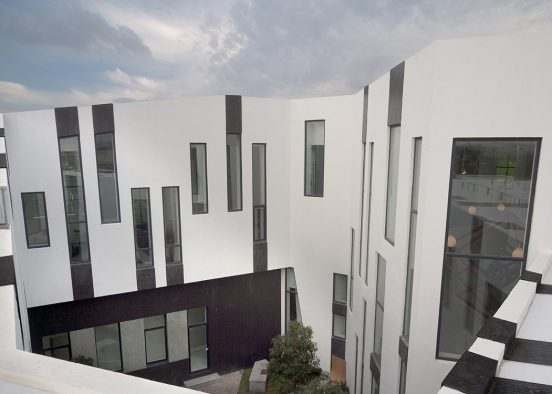








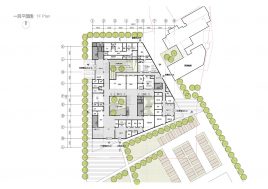


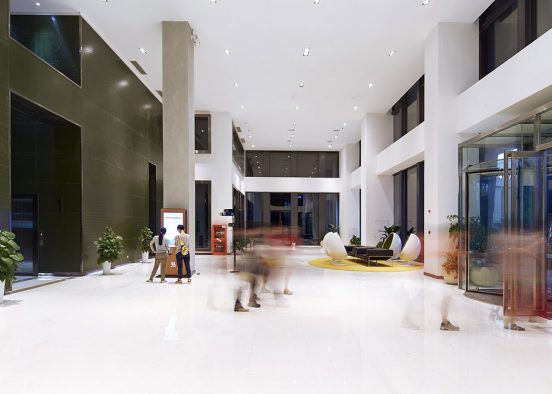







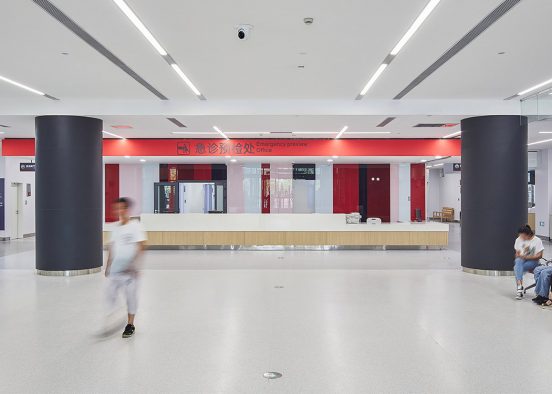




















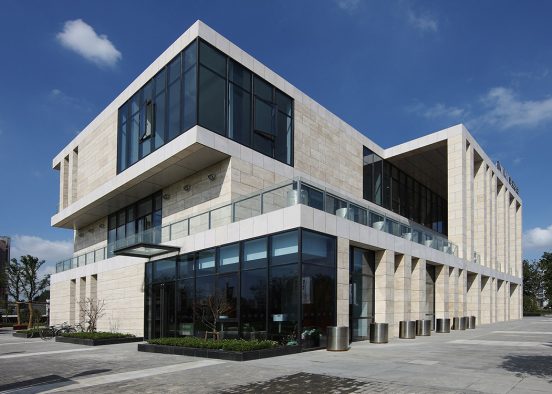










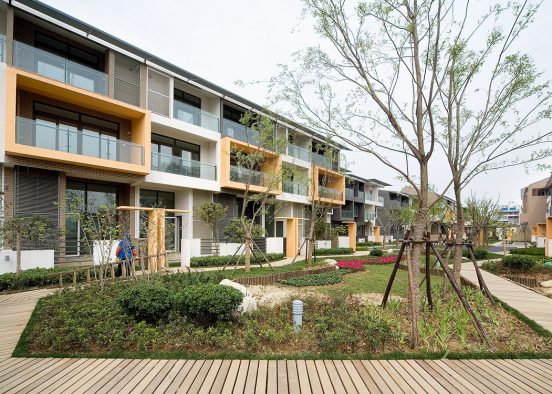
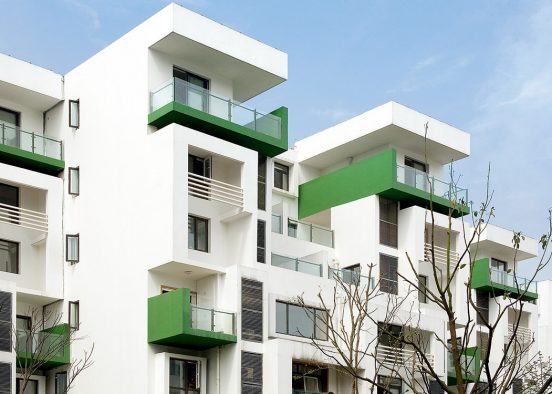









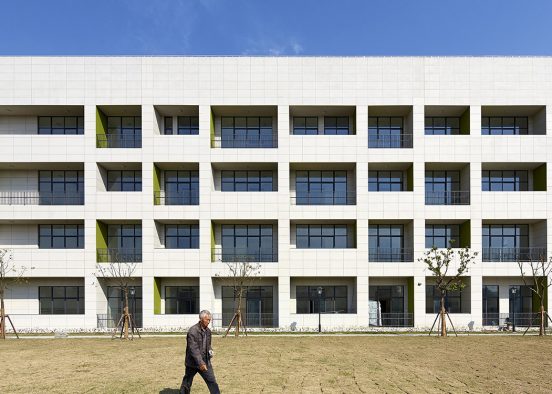
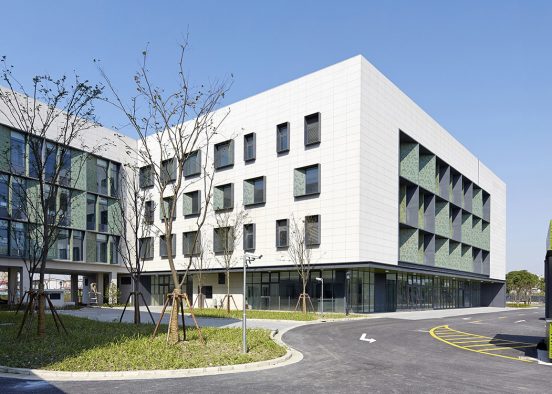


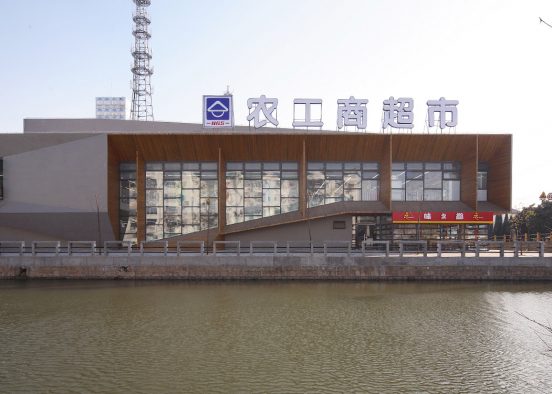
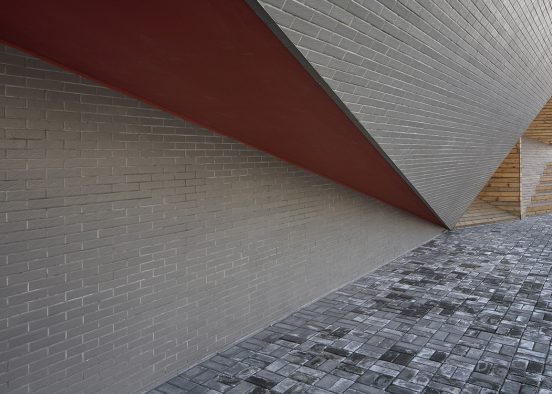





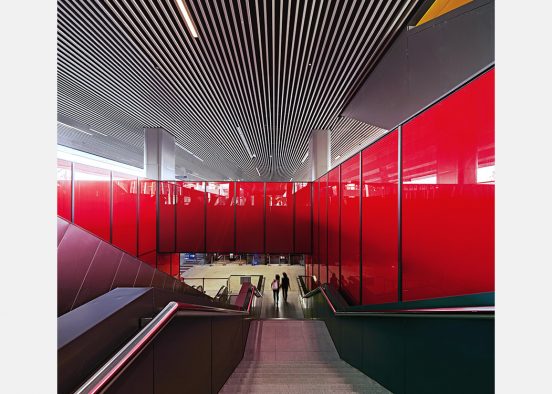


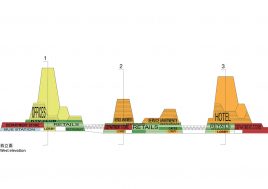







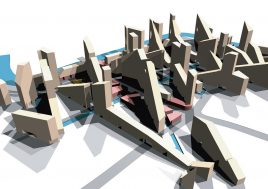



















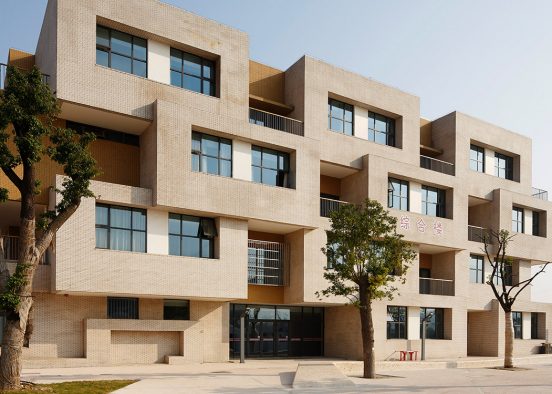



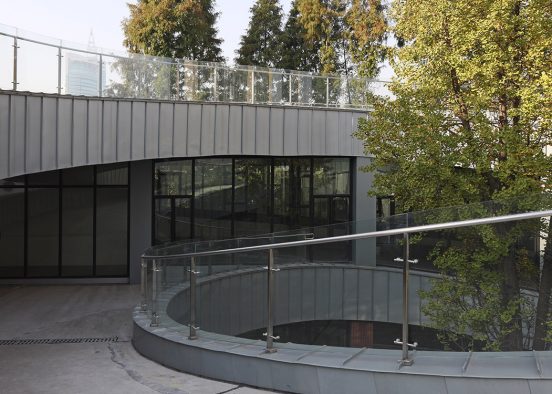
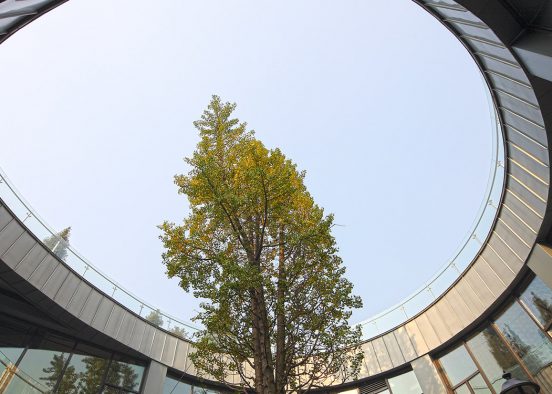



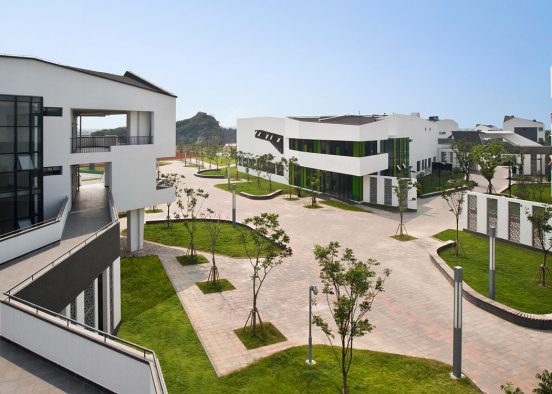




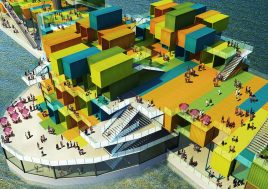












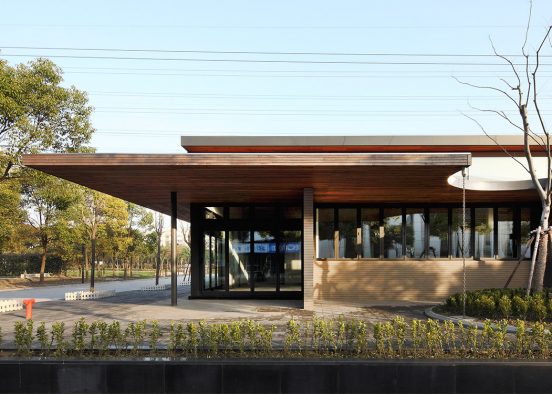








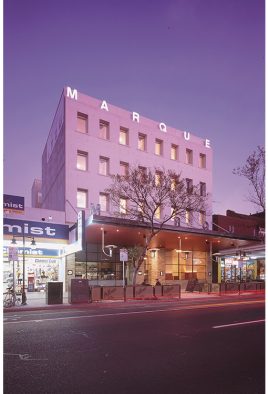














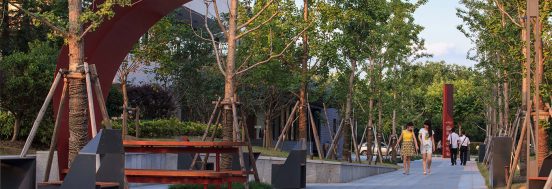

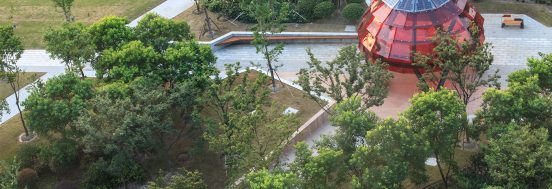

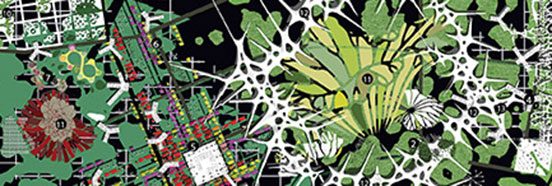













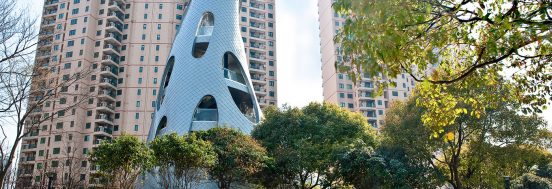
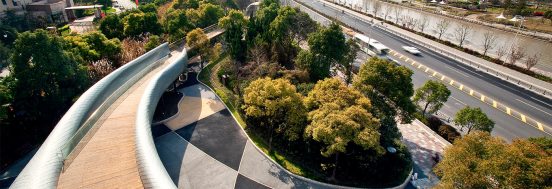




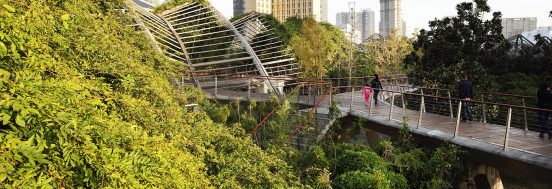
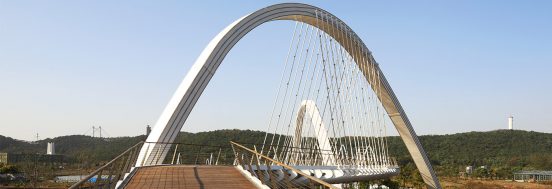
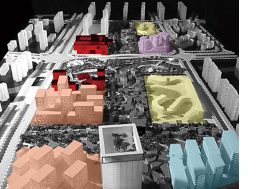

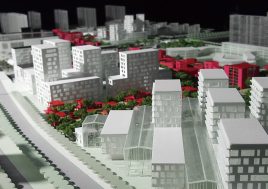






 Back to projects
Back to projects
